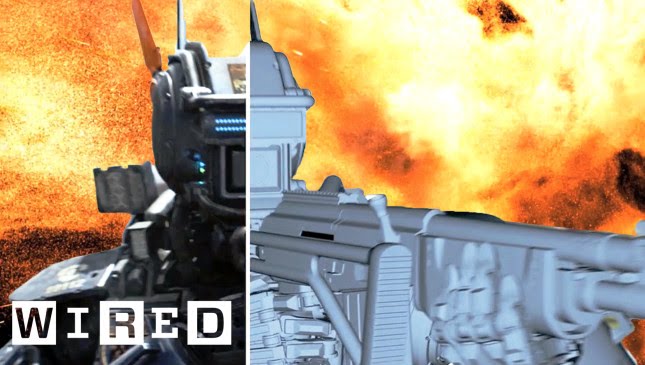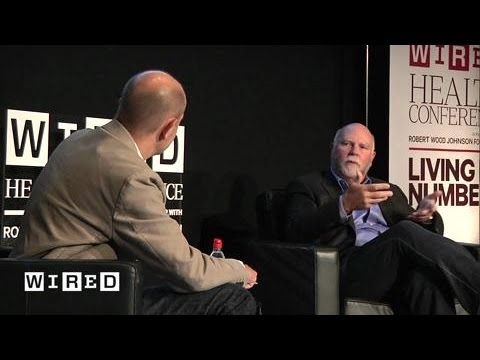Designing Levels, Creating Horror Games, and Motion Capture: A Q&A with Video Game Director Glenn Schofield
Summary
Glenn Schofield, a seasoned video game director and artist, shares his insights on designing video game levels, creating horror games, using motion capture in video games, and more. He explains the importance of sound design in horror games, the process of designing levels, and how motion capture and performance capture differ from one another. Schofield also reveals his favourite monster designs in video games and highlights the advancements that have made video games an essential form of art, social networking, and pop culture.
Table of Contents
- Designing Video Game Levels
- Creating Horror Games
- Motion Capture in Video Games
- Favourite Monster Designs in Video Games
- The Importance of Sound Design in Horror Games
- Conclusion
Introduction
Video games have come a long way over the years and have become an integral part of the entertainment industry. Glenn Schofield, a video game director and artist, has been part of this journey and has witnessed first-hand the advancements that have made video games a form of art, social networking, and pop culture. In this Q&A, Schofield shares his experiences in designing video game levels, creating horror games, and using motion capture in video games.
Designing Video Game Levels
Q: How do you design a video game level?
A: The process usually starts with a paper idea and map that we create before moving onto software and creating a block world. We check the layout with designers and architects and make decisions about locked or empty rooms based on gameplay.
Q: What role do game physics play in designing levels?
A: Game physics are essential for a game to work right. When designing levels, we have to consider how the physics will affect player movement and interactions with game objects.
Q: How were the zero-gravity effects achieved in Dead Space?
A: We gave the character the same speed as walking, but made the animation slower to avoid sluggishness. This created the illusion of zero-gravity movement.
Creating Horror Games
Q: How do you come up with scary ideas for horror games?
A: A lot of research is required to come up with scary ideas for horror games. We also spend a lot of time brainstorming creatively to ensure that we create a unique experience for players.
Q: What makes a good horror game?
A: A good horror game needs to have a good story, tension, and sound design. The scariest video game is believed to be Silent Hill.
Q: What makes horror games more immersive than horror movies?
A: Horror games are more immersive than horror movies because they allow players to experience the fear directly. Players are in control of what happens to them, and this adds to the scare factor.
Motion Capture in Video Games
Q: Can you explain the difference between motion capture and performance capture?
A: Motion capture is used to capture the physical movements of actors, while performance capture is used to capture their voice and facial expressions. These processes are often used separately during the game development process.
Q: How long does it take to do motion capture for a video game?
A: With a motion capture stage, it can be done quickly. However, the post-processing and integration can take a considerable amount of time depending on the size of the game.
Favourite Monster Designs in Video Games
Q: What is your favourite monster design in a video game?
A: Pyramid Head from Silent Hill and Nemesis from Resident Evil are my favourites.
The Importance of Sound Design in Horror Games
Q: How important is sound design in horror games?
A: Sound design is crucial in horror games as it enhances the overall experience and creates a sense of suspense and tension. Good sound design can make a mediocre game into a great one.
Conclusion
Video games have come a long way in the entertainment industry, and they have become an essential form of art, social networking, and pop culture. Glenn Schofield’s experiences in designing video game levels, creating horror games, and using motion capture in video games give us a glimpse of the behind-the-scenes work that goes into making these games. The importance of sound design and game physics are crucial to creating a great game, and the advancements in the industry have made video games an immersive art form.







